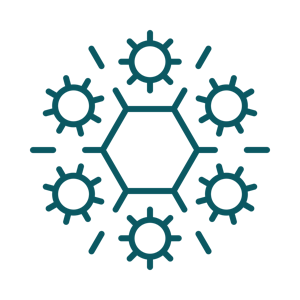The Centers for Disease Control (CDC) recently awarded $3.2 billion dollars to help state, local, and territorial jurisdictions across the country strengthen their public health workforces1. This is the first federal-scale funding of its kind, signifying an increased national recognition of the importance of public health professionals. As the public health workforce expands, so will the need for professionals with a strong understanding of biostatistics— the analytical methods that drive public health and health science.
In this article, you’ll learn about the role of biostatistics in public health and how to pursue a career in biostatistics.
Biostatistics: A (very) brief history
Most theories used in modern day statistics stem from the works of statisticians from the late 19th and early 20th century, including Francis Galton, R Fisher, and Karl Pearson2. In the 1950s, the power of computers modernized statistics and birthed the techniques we now associate with statistical analysis.




